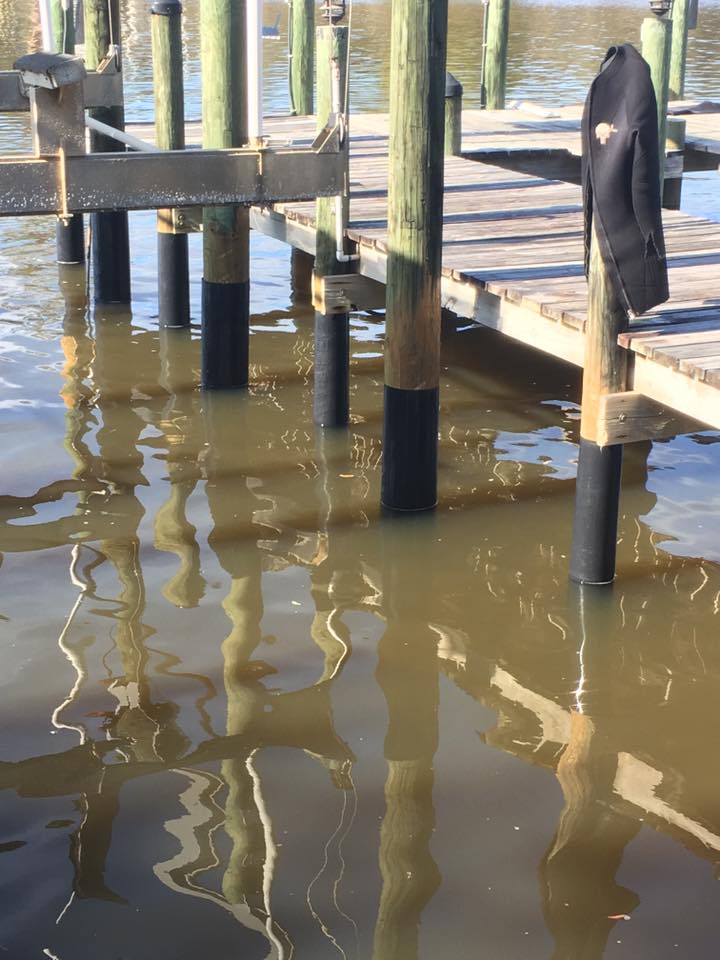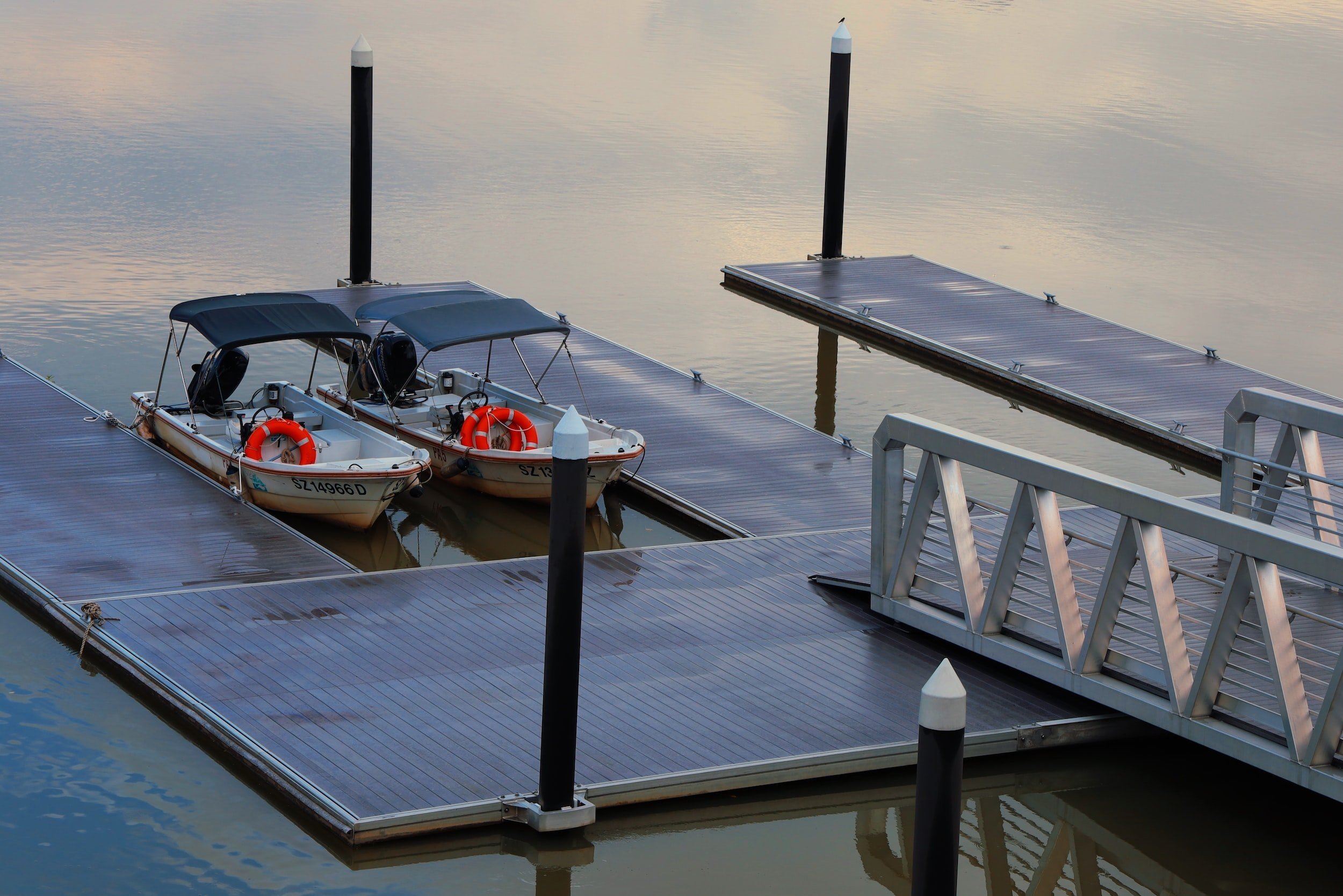The Significance of Timely Dock Repairs for Waterside Security
The Significance of Timely Dock Repairs for Waterside Security
Blog Article
Reliable Dock Fixing Techniques: Making Certain Architectural Honesty
Ensuring the structural integrity of anchors through reliable repair work methods is critical for the durability and safety of marine facilities. This entails a multi-faceted approach beginning with extensive assessments using advanced modern technologies like finder tools and from another location ran cars (ROVs) to spot both visible and hid problems. Ultimately, selecting the appropriate fixing products, such as composite materials and corrosion-resistant alloys, is important for resilience. Architectural support methods, consisting of the application of cross-bracing systems and load-distribution plates, play an important duty in mitigating anxiety points. The relevance of these techniques comes to be apparent when discovering advanced repair service methods and preventative maintenance approaches.
Examining Dock Damages
Evaluating dock damage is a critical very first action in ensuring the architectural integrity and safety of any type of docking center. This first evaluation includes a detailed examination to identify both hidden and visible damages. Secret elements to check out include the dock's foundation, pilings, decking, and hardware. Each component should be inspected for indications of wear, rot, deterioration, or various other kinds of destruction that can compromise the structural integrity.
Structural engineers or certified examiners commonly execute these evaluations utilizing specialized tools and techniques. Underwater inspections might employ finder equipment or from another location ran vehicles (ROVs) to identify immersed damages. Over water, aesthetic assessments are matched by utilizing dampness meters and various other diagnostic tools to discover underlying problems not promptly noticeable to the nude eye.

Choosing Repair Materials
Picking the ideal repair work materials is an essential action in the dock restoration process, one that straight influences the long life and performance of the repaired framework. Material option need to be driven by elements such as environmental problems, load-bearing requirements, and compatibility with existing dock components.
Along with wood, composite products are progressively popular as a result of their longevity and low maintenance demands. Composites, typically made from a mix of plastic and wood fibers, supply outstanding resistance to rot, pests, and UV damage. For steel docks, choosing corrosion-resistant alloys such as galvanized steel or marine-grade aluminum is important to prevent corrosion and ensure architectural integrity in saline water problems.
Epoxy materials and marine-grade sealers are important for fixing fractures and securing joints, giving a waterproof obstacle and boosting the dock's total strength. By thoroughly picking top quality materials, dock fixings can achieve resilient outcomes, therefore safeguarding against future degradation and making sure secure, trusted use.
Structural Support Strategies
Efficient structural reinforcement strategies are essential in making certain the security and durability of dock repair work. This technique is particularly reliable for anchors subjected to heavy tons or rough environmental problems.
One more necessary method is the application of fiber-reinforced polymers (FRP) These materials offer high strength-to-weight proportions and exceptional resistance to corrosion, making them ideal for enhancing wood or concrete anchors. FRP can be used in strips or sheets and bonded with epoxy materials to enhance architectural stability.
Bracing and securing systems likewise play an important role in architectural reinforcement. Cross-bracing, making use of metal or wood beam of lights, can counteract side forces, lowering persuading and movement. Anchoring systems, such as helical piers or driven heaps, supply a stable structure by transferring tons to deeper, a lot more stable soil layers.
Last but not least, the combination of load-distribution plates can help disperse weight a lot more equally throughout the dock's surface, mitigating local stress and anxiety click site points. These methods jointly guarantee that docks remain robust and safe, qualified of enduring the rigors of their functional environment.
Advanced Fixing Techniques

Another advanced technique entails undersea welding, which permits for fixings to be performed without the demand to dewater the location. This approach is specifically useful for resolving architectural concerns in immersed dock elements, making sure very little interruption to operations. Improved welding methods, coupled with robotic systems, deliver precision and integrity, therefore expanding the life-span of the dock.
In addition, cathodic security systems are carried out to protect against deterioration in metallic dock structures. By utilizing sacrificial anodes or satisfied existing systems, these methods properly alleviate the electrochemical procedures that result in material deterioration.
Last but not least, advanced monitoring technologies, such as structural wellness surveillance (SHM) systems, supply real-time data on the condition of dock structures. These systems allow positive upkeep and timely treatments, inevitably ensuring the long-term structural honesty of the dock.
Upkeep and Avoidance
Maintenance and avoidance are basic principles that underpin the durability and safety and security of dock structures. Normal inspections are critical, permitting for early discovery of damage, potential weaknesses, and ecological effects. A proactive technique, entailing routine look for corrosion, rot, and architectural changes, minimizes costly repair work and prolongs the dock's functional life.
Safety nets need to include applying protective layers to metal elements to defend against rust and using treated wood to stand up to decay. Furthermore, making sure appropriate drainage and ventilation can avoid water build-up, which is a common root cause of architectural deterioration. Integrating top quality products and sticking to manufacturer standards throughout construction and repair phases also play vital functions in improving toughness.

Training employees in dock upkeep finest practices ensures regular application of preventative procedures. Leveraging technological advances, such as drones for find more information inspections and sensing units for real-time tracking, can even more enhance upkeep efforts. By prioritizing upkeep and prevention, dock proprietors can make sure structural honesty, functional security, and cost-effective monitoring over the dock's life expectancy.
Final Thought
In conclusion, keeping the structural integrity of aquatic facilities demands thorough dock repair work techniques. Comprehensive examinations utilizing advanced devices discover both visible and hid problems, while the choice of appropriate repair products enhances durability. Applying structural support techniques addresses tension factors efficiently. Advanced fixing methods, paired with regular upkeep practices, make sure the dock remains operational and risk-free under varied environmental conditions. Embracing these approaches considerably extends the life-span and functionality of marine facilities.
Making sure the architectural honesty of anchors via reliable repair techniques is critical for the longevity and security of marine facilities.Selecting the appropriate repair materials is a pivotal action in the dock reconstruction procedure, one that straight affects the durability and performance of the repaired structure.Reliable architectural support methods are vital in making sure the stability and longevity of dock repairs. By focusing on upkeep and prevention, dock owners can ensure architectural honesty, functional security, and economical administration over the dock's life expectancy.
In conclusion, maintaining the structural honesty of aquatic centers requires detailed dock repair service methods.
Report this page